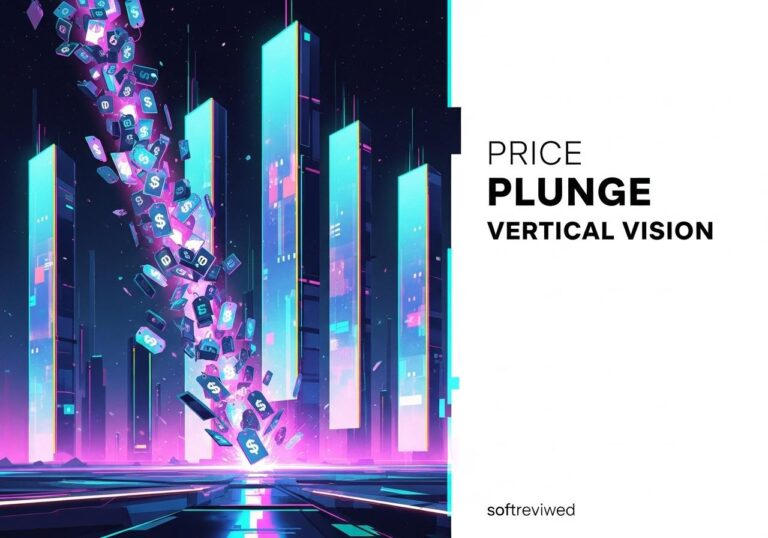Stable Diffusion 3.5: Next-Gen AI Image Generation
Advanced features and capabilities of the latest Stable Diffusion model
Version and Parameters
8 billion parameter Large model optimized for professional use cases, capable of generating 1 megapixel resolution images.
Improved Performance
Enhanced quality and prompt adherence with superior handling of complex and convoluted prompts.
Turbo Model
Large Turbo variant generates high-quality images in just 4 steps, offering exceptional speed and efficiency.
Customization and Limitations
Highly customizable with specific limitations on hand generation and optimal resolution range (960-1152 pixels).
Diverse Outputs
Wide range of realistic characters without face type bias and greater variation with different seeds.
Fine-Tuning Capability
Ready for fine-tuning and customization to address specific use cases and consistency issues.
Stability AI has unveiled Stable Diffusion 3.5, marking a significant advancement in the realm of AI-powered image generation. This latest release brings substantial improvements in text rendering, image quality, consistency, and more, setting a new standard for text-to-image models. Let's dive into the key features and implications of this groundbreaking update.
What's New in Stable Diffusion 3.5?
Stable Diffusion 3.5 introduces several notable enhancements:
Improved Text Rendering: One of the most significant upgrades is the model's ability to generate more accurate and legible text within images.
Enhanced Image Quality: The new version produces higher quality images with improved detail and realism.
Better Consistency: Users can expect more consistent results across multiple generations with the same prompt.
Customizability: The model is designed to be highly customizable, allowing for fine-tuning and integration into various workflows.
Efficiency: Optimized to run on standard consumer hardware, making it accessible to a wider range of users.
The Technical Leap
Stable Diffusion 3.5 builds upon its predecessor with two major architectural changes:
QK Normalization: This technique, borrowed from Google's research, helps stabilize the model training process.
Double Attention Layers: An enhancement that likely contributes to the model's improved performance and output quality.
These technical improvements result in a more robust and capable model, addressing some of the criticisms faced by its predecessor, Stable Diffusion 3 Medium.
Model Variants and Performance

Stability AI has released two main variants of the model:
Stable Diffusion 3.5 Large: An eight-billion-parameter model capable of generating professional-quality images at 1-megapixel resolution.
Stable Diffusion 3.5 Large Turbo: A distilled version optimized for speed, requiring only four steps for image generation.
Both variants excel in prompt adherence and image quality, with Stable Diffusion 3.5 Large leading the market in these aspects.
Accessibility and Hardware Requirements
One of the key focuses of Stable Diffusion 3.5 is its accessibility:
Consumer Hardware Compatibility: The models are optimized to run on standard consumer GPUs, making high-quality AI image generation more accessible.
Stable Diffusion 3.5 Medium: Coming soon, this 2.5-billion-parameter model is specifically designed for consumer hardware, further democratizing AI image generation.
Licensing and Availability
Stability AI has adopted a permissive licensing model for Stable Diffusion 3.5:
Free for Non-Commercial Use: Individuals and organizations can use the model at no cost for non-commercial purposes, including scientific research.
Free for Limited Commercial Use: Creators and businesses with annual revenue under $1 million can use the model commercially without charge.
Enterprise Licensing: Organizations with higher revenue can inquire about enterprise licensing options.
The model is available through various platforms:
- Direct Download: Model weights are available on Hugging Face for self-hosting.
- Cloud Platforms: Accessible through Replicate, DeepInfra, and Stability AI's own API.
Potential Applications and Impact
Stable Diffusion 3.5's improvements open up new possibilities across various fields:
- Graphic Design: Enhanced text rendering and image quality make it a powerful tool for designers.
- Content Creation: Improved consistency allows for more reliable use in content production pipelines.
- Research and Development: The model's customizability makes it valuable for AI researchers and developers.
- Creative Industries: Artists and creators can leverage the model for inspiration and rapid prototyping.
Looking Ahead
While Stable Diffusion 3.5 represents a significant step forward, it's not without its challenges. Some users have reported issues with certain prompts, indicating that there's still room for improvement.
Stability AI has announced plans to release ControlNets soon, which will provide advanced control features for professional use cases.This ongoing development suggests that we can expect continued enhancements and refinements to the Stable Diffusion ecosystem.
Conclusion
Stable Diffusion 3.5 marks a notable advancement in AI-generated imagery, offering improved text rendering, image quality, and consistency. Its focus on customizability and efficiency, coupled with a permissive licensing model, positions it as a powerful tool for both hobbyists and professionals. As AI continues to evolve, Stable Diffusion 3.5 sets a new benchmark for what's possible in the realm of text-to-image generation.
For those interested in exploring Stable Diffusion 3.5, the model is readily available through various platforms, inviting users to experience firsthand the latest advancements in AI-powered image creation.
Stable Diffusion 3.5 Model Comparison
This chart compares the three variants of Stable Diffusion 3.5, showing their parameter counts and release timeline.







